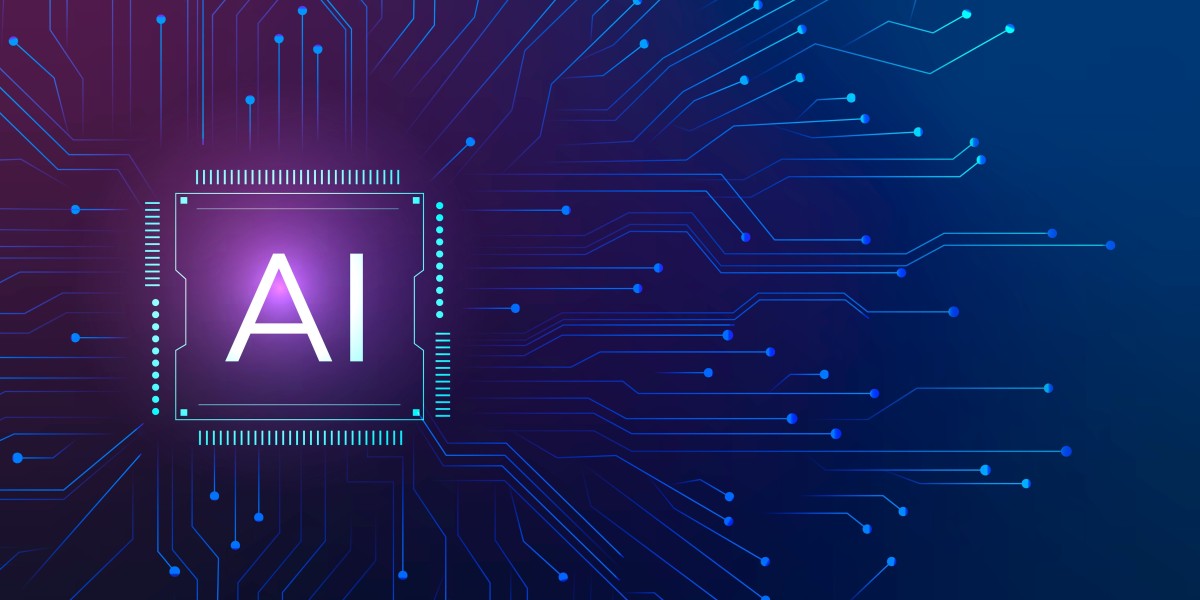RAG has garnered significant attention in industries such as healthcare, legal, and financial services, where precision, compliance, and reliability are paramount.
In this article, we explore how leveraging RAG for smarter AI is revolutionizing these sectors and the pivotal role it plays in AI development. We'll also delve into how incorporating "RAG in AI development" is creating more sophisticated solutions that address industry-specific challenges.
What is RAG?
Retrieval-Augmented Generation (RAG) is a hybrid AI architecture that combines two components: a retrieval mechanism and a generative model. The retrieval mechanism accesses a large corpus of external data or documents, while the generative model synthesizes this information to produce coherent, contextually relevant responses. This approach helps mitigate one of the most significant limitations of purely generative models—reliance on pre-trained knowledge.
For industries requiring high levels of accuracy and compliance, RAG provides a compelling advantage. Rather than generating responses based solely on training data, RAG enhances outputs with real-time data or domain-specific knowledge, leading to more accurate and reliable results.
RAG in AI Development: Transforming Key Sectors
1. Healthcare
Healthcare is a sector where the accuracy and reliability of AI systems can directly impact patient care and outcomes. The adoption of RAG in AI development is helping healthcare organizations address some of the most critical challenges related to medical diagnosis, treatment plans, and data management.
Improved Diagnostic Accuracy
Traditionally, AI models used in healthcare diagnostics relied on historical patient data, which can quickly become outdated. By incorporating RAG, AI systems can pull the latest medical research, clinical trial results, and case studies from trusted sources in real time. This enables healthcare providers to offer diagnosis and treatment plans that reflect the most current medical advancements.
For example, when an AI-powered diagnostic system is faced with a complex case, RAG retrieves relevant literature from global databases such as PubMed, synthesizing cutting-edge research and clinical insights to help doctors make more informed decisions. This not only improves diagnostic accuracy but also enhances the personalization of patient care.
Streamlined Administrative Tasks
RAG-based AI can streamline administrative tasks such as patient records management, insurance claim processing, and compliance with regulatory frameworks. By retrieving and incorporating up-to-date policies and regulations from healthcare authorities, RAG ensures that all documentation adheres to current standards, reducing the risk of legal complications.
Enhanced Patient Support Systems
RAG-driven AI tools can also enhance patient support by retrieving up-to-date information on drugs, treatment plans, and post-treatment care options. These systems provide patients with accurate answers to their questions, reducing reliance on healthcare professionals for routine inquiries and allowing them to focus on more complex cases.
2. Legal Sector
The legal industry thrives on vast amounts of information, and AI systems must be able to retrieve accurate data quickly to assist in legal research, case analysis, and decision-making. RAG in AI development is playing a transformative role by offering smarter legal tools capable of handling the complexities of legal systems around the world.
Legal Research and Case Analysis
Traditional AI models in legal research often rely on pre-trained data that might not reflect current legal precedents or evolving regulations. RAG-enabled AI systems can retrieve the latest court rulings, statutory changes, and legal precedents from public databases and legal resources, allowing lawyers to base their arguments on up-to-the-minute information.
For instance, when preparing for litigation, legal teams can use RAG to retrieve relevant case laws or statutes, even if they were recently updated, ensuring that their case strategy aligns with the current legal landscape. This speeds up the research process while improving the quality of legal advice.
Document Review and Contract Analysis
Law firms are increasingly turning to RAG-based AI tools for document review and contract analysis. These systems can retrieve specific clauses, legal definitions, and terms from large datasets or previous cases, allowing for more thorough contract analysis. RAG AI can compare legal documents with a library of past contracts or case law, ensuring that potential risks or conflicts are identified early.
Compliance and Regulation Monitoring
Legal professionals are often tasked with ensuring that businesses remain compliant with constantly shifting regulations. RAG-based AI can continuously monitor updates from regulatory bodies and retrieve changes in real time, alerting legal teams when new compliance measures are required. This feature is particularly beneficial for multinational companies operating in different legal jurisdictions.
3. Financial Sector
The financial industry is characterized by an immense amount of data, from market trends and investment forecasts to risk assessments and regulatory changes. AI models enhanced by RAG are proving invaluable in managing this complexity, making smarter decisions, and optimizing operations.
Market Analysis and Forecasting
One of the critical applications of RAG in AI development in the financial sector is in market analysis and forecasting. Traditional AI models often base predictions on historical data alone, which may not capture the dynamic nature of financial markets. RAG-based AI systems, however, can pull real-time data from market reports, news feeds, and economic indicators to produce more accurate and timely financial forecasts.
For instance, an investment firm using a RAG-based AI platform can retrieve and analyze the latest economic reports, political developments, and stock market trends to predict stock performance more accurately. This helps financial analysts make informed decisions regarding portfolio management and investment strategies.
Risk Assessment and Fraud Detection
RAG can also significantly enhance the accuracy of risk assessment and fraud detection systems. By pulling data from external sources such as government reports, credit bureaus, and financial transaction histories, RAG-enabled AI can more effectively identify patterns indicative of fraudulent activity or high-risk investments. This dynamic retrieval capability ensures that financial institutions are working with the most relevant data, reducing risks and improving compliance.
Personalized Financial Planning
RAG-driven AI tools are transforming personalized financial planning by retrieving real-time information on financial products, tax laws, and market trends. This allows financial advisors to offer customized investment strategies and savings plans tailored to individual clients’ needs, goals, and financial conditions.
Advantages of Using RAG in AI Development
Across the healthcare, legal, and financial sectors, the advantages of using RAG in AI development are clear. Some of the key benefits include:
- Real-time Data Access: RAG enables AI systems to retrieve up-to-date data from trusted sources, making outputs more reliable and relevant.
- Enhanced Decision-Making: By integrating external knowledge sources, RAG empowers decision-makers with a deeper understanding of the context, leading to better choices.
- Improved Compliance: RAG allows AI systems to continuously pull in new regulations and standards, ensuring businesses remain compliant with evolving laws and industry guidelines.
- Reduction of Hallucination in AI Models: In generative models, "hallucination" refers to the generation of false or misleading information. RAG mitigates this issue by grounding responses in retrieved factual data.
Challenges and Considerations
While the benefits of RAG in AI development are compelling, implementing RAG-based systems also presents challenges. First, the retrieval component requires access to high-quality and reliable data sources, and determining which sources to trust can be difficult. Additionally, the computational power needed for real-time retrieval and generation can be resource-intensive, requiring specialized infrastructure.
Data privacy is also a critical concern, particularly in sectors like healthcare and finance. Organizations must ensure that the data retrieval process adheres to regulations such as HIPAA in the U.S. or GDPR in Europe, protecting sensitive information from breaches.
Conclusion
Leveraging RAG for smarter AI development is transforming the healthcare, legal, and financial sectors by making AI systems more accurate, reliable, and compliant with industry standards. As industries continue to adopt AI to enhance operations and decision-making, the role of RAG in AI development will only grow in importance, offering smarter, more efficient solutions to complex challenges. By combining the power of real-time data retrieval with generative models, RAG is setting a new standard for what AI can achieve in knowledge-intensive fields.











